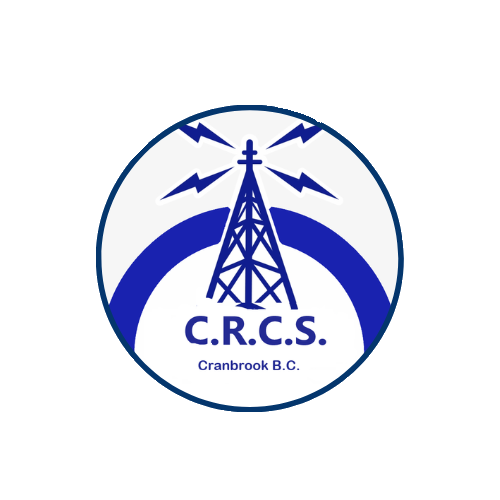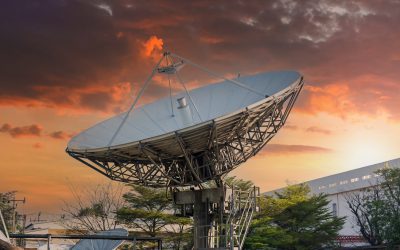When power outages occur, communication systems can be compromised, leaving individuals and communities vulnerable to isolation and misinformation. In these situations, ham radio, or amateur radio, can be a critical tool for maintaining communication. Ham radio operates independently of standard power grids and internet-based communication platforms, making it an ideal solution for staying connected during emergencies. This blog will provide a comprehensive guide on how to effectively use ham radio during power outages.
What is Ham Radio?
Ham radio, also known as amateur radio, is a system of radio communication that allows individuals, referred to as “hams,” to communicate with others across local, regional, and even global distances. Ham radio operators use designated frequencies across various radio bands to send voice, data, and Morse code messages. In times of emergency, ham radio operators often step in to provide essential communication services when traditional methods, such as cell towers and internet connections, are unavailable.
Why Ham Radio is Essential During Power Outages
One of the biggest advantages of ham radio is its ability to function without reliance on electricity from the power grid. With proper preparation, ham radios can run on alternative power sources, making them extremely reliable when other systems fail. This can be crucial during natural disasters or extended blackouts when communications infrastructure may be compromised.
Types of Power Sources for Ham Radio During Outages
While modern ham radio equipment is typically powered by electricity, there are alternative sources of energy that operators can use during power outages.
-
Battery Power: Rechargeable batteries, such as lithium-ion or sealed lead-acid (SLA) batteries, can power ham radio equipment for several hours to days, depending on the size and usage. It’s important to keep backup batteries charged and ready for emergencies.
-
Solar Panels: Solar panels can be an excellent solution for long-term power outages. By using solar panels in conjunction with a charge controller and a deep-cycle battery, you can maintain power for your ham radio equipment indefinitely as long as sunlight is available.
-
Generators: Portable generators, either gasoline or diesel-powered, can supply consistent electricity to ham radio setups. However, they require fuel and proper ventilation, so they might not be the best option for every scenario.
-
Hand-Crank Chargers: For smaller, portable ham radio devices, hand-crank chargers provide an emergency backup for short-term communication. These devices are useful when other power options are not immediately available.
Getting Your Ham Radio Ready for a Power Outage
Being prepared ahead of time is key to ensuring that your ham radio equipment functions effectively during a power outage. Here are steps to take before an emergency situation arises:
1. Check Your Equipment
Regularly check and maintain your ham radio equipment to ensure that it is in proper working condition. Test your transceivers, antennas, power supply, and other peripherals to confirm that everything is functioning correctly.
2. Charge Backup Power Sources
Keep your backup power sources, such as batteries or power banks, fully charged and ready to use. Test these power sources with your radio equipment to ensure they can handle the power load for extended communication sessions.
3. Program Emergency Frequencies
Program essential emergency frequencies into your radio in advance. This can include local emergency services, weather stations, and regional ham radio nets that provide updates during crises. Some common emergency frequencies include:
- 146.520 MHz: National simplex calling frequency for VHF
- 446.000 MHz: National simplex calling frequency for UHF
- Local repeater frequencies: Ensure you know the frequencies for local repeaters in your area.
4. Learn Basic Operation Without Power
If your usual ham radio setup relies on software, such as logging programs or digital modes that require a computer, familiarize yourself with operating your radio using only essential manual controls. This will help ensure that you can continue to communicate even if your computer or other electronic accessories are unavailable.
Ham Radio Communication During Power Outages
1. Tune into Emergency Frequencies
During a power outage, the first thing you should do is tune into pre-programmed emergency frequencies. This will allow you to receive updates and information from local authorities and ham radio operators who are part of emergency response teams. In many cases, local ham radio operators work in collaboration with organizations like the Amateur Radio Emergency Service (ARES) or the Radio Amateur Civil Emergency Service (RACES) to relay critical information to communities.
2. Use Low Power (QRP) Mode
To conserve battery life during a power outage, consider using low-power (QRP) mode on your ham radio. This mode reduces the output power of your radio, which can extend the life of your power source while still allowing you to communicate effectively over short distances.
3. Use Repeaters Wisely
Many ham radio operators rely on repeaters to extend the range of their transmissions. Repeaters are often equipped with backup power, but in extended outages, these systems may also fail. Be aware of which repeaters have backup power or solar panels and plan your communication accordingly. If repeaters are unavailable, switch to simplex mode to communicate directly with other operators in your area.
4. Be Mindful of Battery Drain
Monitoring your battery usage is critical during an extended outage. Keep transmissions brief and efficient to minimize power consumption. When not transmitting, reduce the squelch level on your radio to avoid constant background noise that can drain power.
The Role of Ham Radio During Major Disasters
During major disasters, ham radio operators often serve as the first line of communication when other systems fail. Some key ways ham radio contributes include:
1. Relaying Emergency Information
Ham radio operators relay real-time information about the situation on the ground, including road conditions, weather updates, and requests for assistance. This helps emergency responders coordinate their efforts more effectively.
2. Health and Welfare Messages
Ham radio operators often facilitate the exchange of health and welfare messages between affected individuals and their loved ones. This can be particularly important when phone lines are down and internet services are interrupted.
3. Providing a Communication Network for Volunteers
During disasters, volunteer groups such as the Red Cross or other community organizations may use ham radio to organize rescue and recovery efforts. Ham radio operators help facilitate communication among different groups to ensure a coordinated response.
Stay Informed and Connected
In addition to emergency preparedness, ham radio is a great way to stay connected with other radio enthusiasts and practice valuable communication skills. Participate in local ham radio nets and drills to keep your equipment ready for emergency use. These exercises will help ensure that you and your fellow operators are prepared to support your community during a power outage or other crises.
Ham radio remains a vital tool for maintaining communication during power outages and emergencies. By understanding the importance of alternative power sources, maintaining your equipment, and knowing how to effectively use your ham radio, you can stay connected and provide critical communication services when they are needed most. The Cranbrook Radio Club Society encourages all operators to prepare their ham radio setups for emergencies, ensuring that you can continue to communicate when other methods fail.




